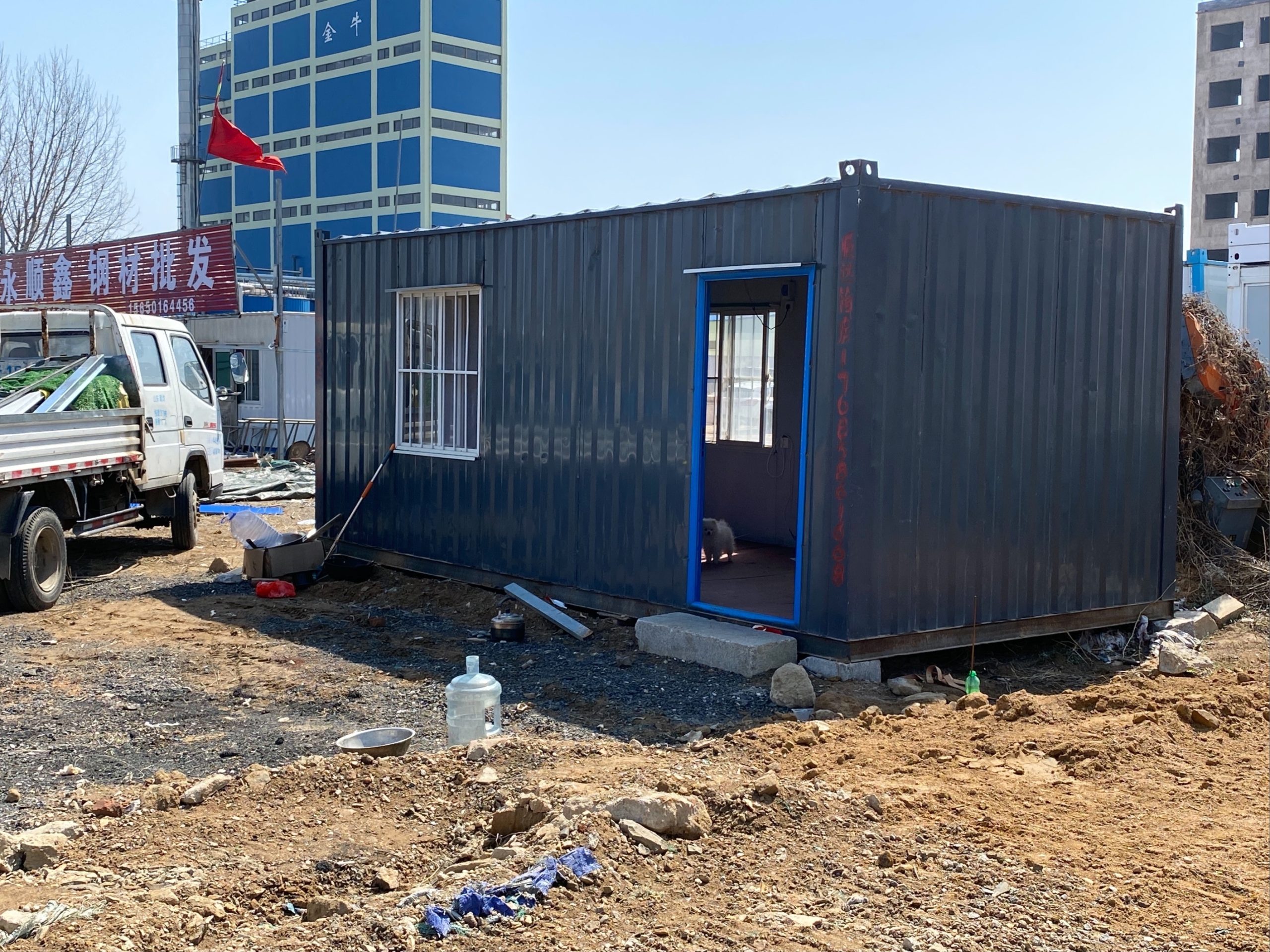Table of Contents
Benefits of Using Cathodic Protection for Steel Structures
Corrosion is a major concern for steel structures, as it can Lead to structural deterioration and compromise the integrity of the entire system. To combat this issue, various corrosion protection technologies have been developed over the years. One of the most effective methods is cathodic protection, which has been widely used in the industry for its ability to prevent corrosion and extend the lifespan of steel structures.
Cathodic protection works by creating a protective electrical current that counteracts the natural corrosion process of steel. This is achieved by connecting a sacrificial anode, typically made of a more reactive metal such as Zinc or magnesium, to the steel structure. The sacrificial anode corrodes instead of the steel, effectively sacrificing itself to protect the structure from corrosion.
One of the key benefits of using cathodic protection for steel structures is its ability to provide long-term protection. Unlike other corrosion protection methods that require regular maintenance and reapplication, cathodic protection systems can last for decades with minimal upkeep. This makes it a cost-effective solution for protecting steel structures in harsh environments.

Another advantage of cathodic protection is its versatility. It can be applied to a wide range of steel structures, including pipelines, storage tanks, bridges, and offshore platforms. This flexibility makes it a popular choice for industries such as oil and gas, marine, and infrastructure, where corrosion protection is critical for Safety and performance.
In addition to its longevity and versatility, cathodic protection also offers environmental benefits. By preventing corrosion and extending the lifespan of steel structures, it reduces the need for frequent repairs and replacements, which can have a significant impact on the Environment. This makes it a sustainable solution for protecting steel structures while minimizing the environmental footprint of maintenance activities.
Over the years, there have been significant advancements in cathodic protection technology, leading to more efficient and reliable systems. One of the key developments is the use of impressed current cathodic protection, which involves applying an external electrical current to the steel structure to provide corrosion protection. This method offers greater control over the protection process and can be tailored to specific environmental conditions.
Another innovation in cathodic protection technology is the use of advanced monitoring and control systems. These systems allow for real-time monitoring of the cathodic protection system, enabling operators to detect and address any issues before they escalate. This proactive approach helps to ensure the continued effectiveness of the protection system and prevent costly downtime due to corrosion-related failures.
Overall, cathodic protection is a proven and effective technology for protecting steel structures from corrosion. Its long-term durability, versatility, and environmental benefits make it a preferred choice for industries that rely on steel infrastructure. With ongoing advancements in technology, cathodic protection systems continue to evolve and improve, providing even greater protection for steel structures in the years to come.
Innovations in Coating Technology for Corrosion Protection of Steel Structures
Corrosion is a major concern when it comes to steel structures, as it can lead to structural deterioration and ultimately compromise the safety and integrity of the building. In order to combat this issue, various technologies have been developed over the years to provide effective corrosion protection for steel structures. One of the most common methods used for corrosion protection is the application of coatings.
Coatings act as a barrier between the steel surface and the corrosive environment, preventing moisture and other corrosive agents from coming into contact with the steel. Over the years, there have been significant advancements in coating technology, leading to the development of more durable and effective coatings for corrosion protection.
One of the key innovations in coating technology for corrosion protection is the use of epoxy coatings. Epoxy coatings are known for their excellent adhesion properties, chemical resistance, and durability. These coatings form a strong bond with the steel surface, providing long-lasting protection against corrosion. In addition, epoxy coatings can be easily applied to steel structures using various methods such as spraying, brushing, or dipping, making them a popular choice for corrosion protection.
Another important advancement in coating technology is the development of polyurethane coatings. Polyurethane coatings are known for their high abrasion resistance, flexibility, and UV resistance. These coatings are ideal for steel structures that are exposed to harsh environmental conditions, as they provide excellent protection against corrosion and weathering. Polyurethane coatings are also available in a wide range of colors and finishes, making them a versatile option for corrosion protection.
In recent years, there has been a growing interest in the use of nanotechnology for corrosion protection of steel structures. Nanocoatings, which are made up of nanoparticles, offer superior protection against corrosion due to their high surface area and reactivity. These coatings form a dense barrier on the steel surface, preventing corrosion-causing agents from penetrating the steel. Nanocoatings are also known for their self-healing properties, as they can repair small cracks and defects on the coating surface, further enhancing their durability.
In addition to advancements in coating technology, there have been improvements in surface preparation techniques for steel structures. Proper surface preparation is essential for ensuring the adhesion and effectiveness of coatings for corrosion protection. Techniques such as abrasive blasting, chemical cleaning, and mechanical surface roughening are commonly used to remove contaminants and create a clean, rough surface for coating application.
Overall, the progress in corrosion protection technology for steel structures has been significant in recent years. From the development of advanced coatings such as epoxy and polyurethane to the use of nanotechnology for superior protection, there are now more options available than ever before for protecting steel structures from corrosion. With continued research and innovation in this field, we can expect to see even more effective and durable solutions for corrosion protection in the future.
